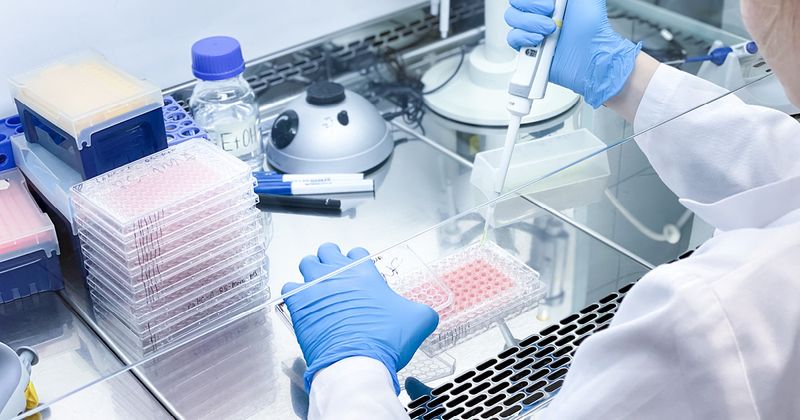Speaker: More research needed to define indications, graft source for patch augmentation
Key takeaways:
- Patch augmentation in rotator cuff pathology may decrease the retear rate.
- Research is being done on the use of biceps as an autograft patch.
NEW ORLEANS — Although augmentation of rotator cuff pathology with patches and grafts may play a role in decreasing the retear rate, a presenter said more research is needed to define the best indications and graft source.
When it comes to augmentation options for rotator cuff pathology, John M. Tokish, MD, FAAOS, said there has been a resurgence in the use of xenografts.

“The two most common [xenografts] are bovine collagen and porcine collagen,” Tokish said in his presentation at the Biologics Association Annual Summit. “When you take a look at their prospective studies, there is some good science out there to suggest that these helped with, at least, thickening of the cuff or maybe lowering the retear rate.”

Tokish said a systematic review showed a reduction in retear rate among all patch augmentations but no clinically significant difference in outcome scores. However, he added published research of 1,100 patients showed a Fragility Index of four with patch augmentation.
“They had 1,100 patients in these studies that they combined and analyzed, and if four of them did not have the same result, a good result, it would have removed all statistical significance from anything that we’re doing with this patch [augmentation],” Tokish said.
Research is underway looking at the use of biceps above the pec major as an autograft patch, according to Tokish.
“It is autograft, so we are excited about that. It has live tenocytes, we have just proven that, but here’s the most important thing for you and my patients: It is free,” Tokish said. “There is no $5,000 to put this in the patient. You can do this with just about anybody. We have MRI data that is coming out now that shows the usual things with lower retear rates as well, so stay tuned on this stuff.”

